“Are you a rescue?”
This is the first question people ask when I tell them about Who Will Let the Dogs Out?
I have to explain, that no, we aren’t a rescue, but we help rescues. We aren’t a shelter either, but we help shelters too. We don’t transport or train dogs. And we have nothing to do with cats (mostly).

Because we don’t directly handle dogs (although we meet thousands), it’s sometimes hard to explain what we do or to ask for money to help us do it.
The most visible thing we do is shelter tours. They are the basis for our work and how Waldo got started in the first place.
Why do we visit shelters and rescues?
Shelters and rescues are not organizations or buildings; they can’t be understood simply by looking at stats or visiting a website, not even by chatting on the phone with someone on their board or a shelter director.
Beautiful buildings or worn-out kennels don’t tell the story. You can save a lot of dogs without a decent building and you can kill a lot of dogs even when you have modern lobby, vast acres, and fancy kennels. When it comes to numbers at any shelter, they simply can’t tell the story – too many variables are ill-defined.

A website and social media presence are critical, but like all of us—we generally share the bright and shiny parts online—the edited version, curated for public consumption.
And talking with just one person involved at any rescue gives you only one angle. Sometimes in rescue, passionate people see things from their heart and not always their head (or sometimes the other way around).
For us to be able to help any shelter or rescue organization or attack the larger issues, we have to first understand the work they do, the specific challenges they face, the personalities and communities they are dealing with, and the resources they have available to save dogs.

I can’t understand any of that via Zoom or Facebook or phone calls or websites. How do I know this?
Because even though I’d fostered over a hundred dogs, I had no idea what the situation was in our southern shelters and rescues until I set foot in one. Everywhere I went on that first tour of 14 shelters in four states, I thought, “I can’t believe this is happening. How did I not know it was like the?”
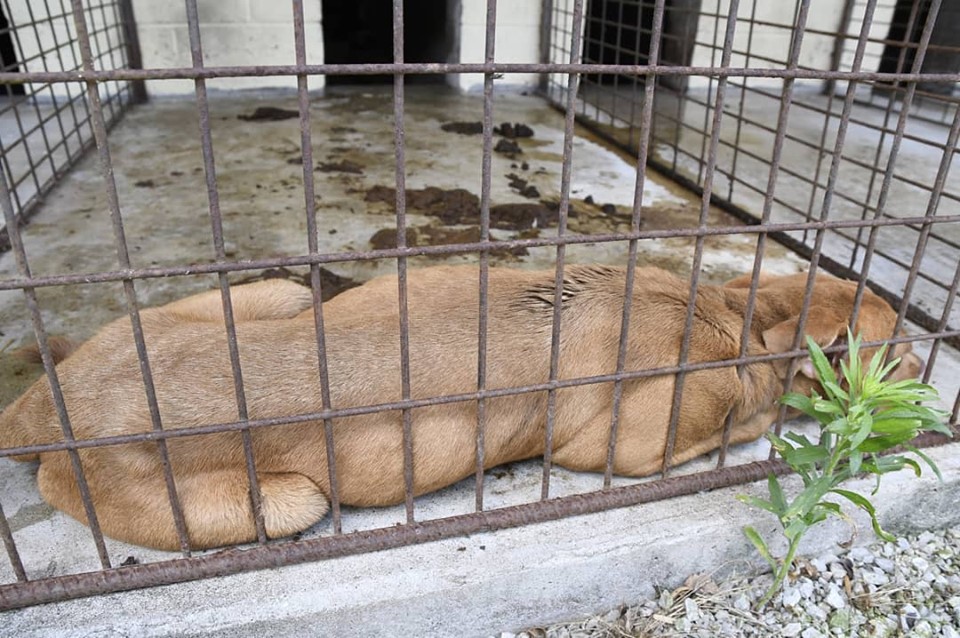
I wrote about what I saw in blog posts, magazine articles, and even in a book, but the ugly fact is that a lot of people don’t read. Sitting down and reading, even as far as you have right now, is not a common habit. So I went back with photographers, and later sent an entire film crew. I believed if people could just see what I was seeing, they would want to work for change.
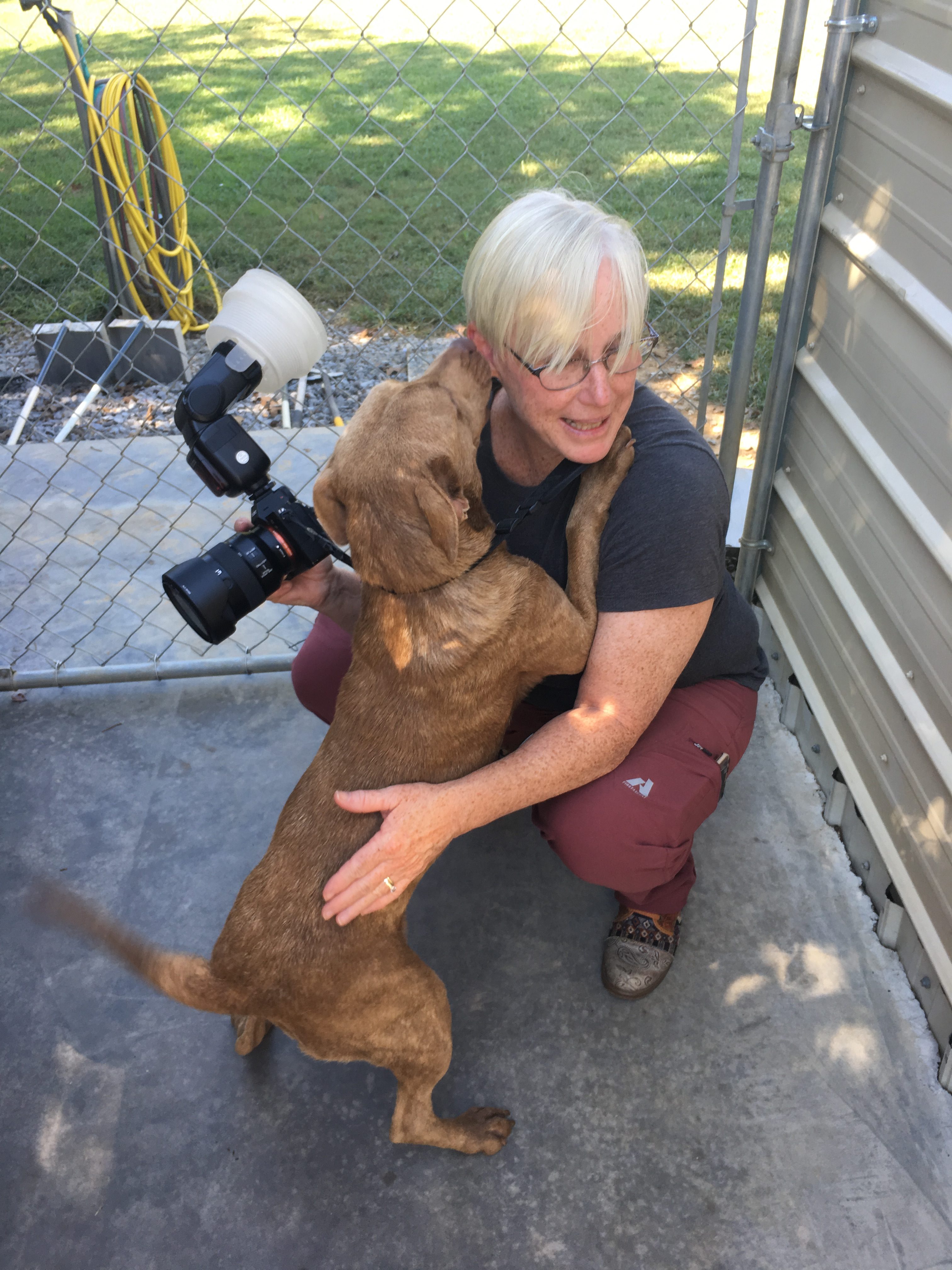
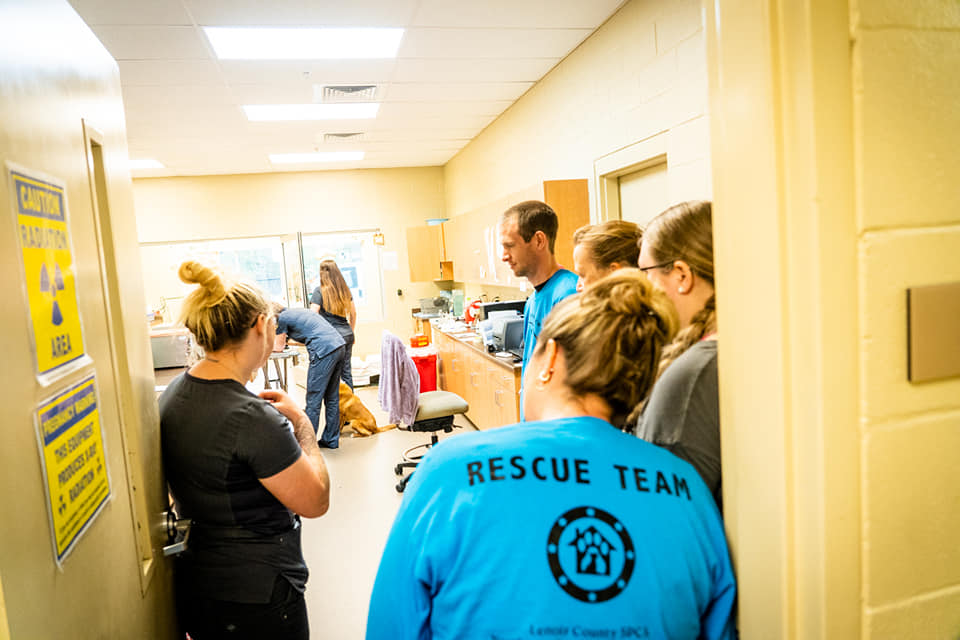

Whenever we travel, we reach more people. We are able to show them the situation in real-time in living color, often taking them right inside to see and hear the dogs, and meet the people working to save them.
And after every trip, I see more people stepping up, more people caring, more people understanding. We learn more and connect with incredible heroes who are sacrificing so much to save dogs. They motivate me.
So, we travel to raise awareness by sharing the stories and the pictures of all we see and everyone we meet. And then we come back and work like crazy to help raise resources to help them.

The other reason it’s so important for us to physically go to the shelters is that it sends a message. It says,
You are not alone in your effort to save these dogs.
The work you do is so important that we have come here to see, to share, and to bring more help.
These visits create a link between us and the organizations we visit and that link is a commitment, on our part, to continue to help them save lives. It’s also how we can confidently encourage others to donate and help individual shelters and rescues that may be hundreds, even thousands of miles away from them.
The shelter visits are our visible work, but here is some of the work we do that you don’t see:
From our visits and ongoing relationships with those organizations, we gather and share ideas for:
- shelter practices that lessen stress on dogs
- engaging the local community to help
- raising funds and securing grants
- connecting with businesses that offer programs and products for saving animals
Pretty much any idea that has helped in any way. We share them in person and in follow-up consultations after our visits. And we’re also working to put all these ideas in one place – on our website and eventually in a book.
That list will evolve as we discover new ideas, programs, grants, and anything that will help a shelter/rescue organization save more lives.
We are also raising money to enable us to give ‘instant grants’ for situations that cannot wait for a formal grant process, who need help now and don’t have a grant writer on staff or qualified volunteer with hours to give to the effort.
Plus, we put out a monthly free e-newsletter that shares not only our latest news, but grant updates, new ideas for fundraising, community engagement, dog enrichment, and more.
All of that valuable help starts with us getting in a car and traveling for days or weeks. And that, my friends, is the heart of what we do – we make connections and gather answers and ideas.
If you know of a shelter or rescue organization that would benefit from connecting with us, please let us know. You can email me: whowillletthedogsout@gmail.com.
And if you’d like to support our tours, you can donate here (or through Venmo) or shop our Amazon wishlist to stock our vehicle with supplies for the shelters.
You can also support us by choosing us as your Amazon Smile charity or by shopping in our logo store (and help tell the world about us by sporting one of our teeshirts or totebags!
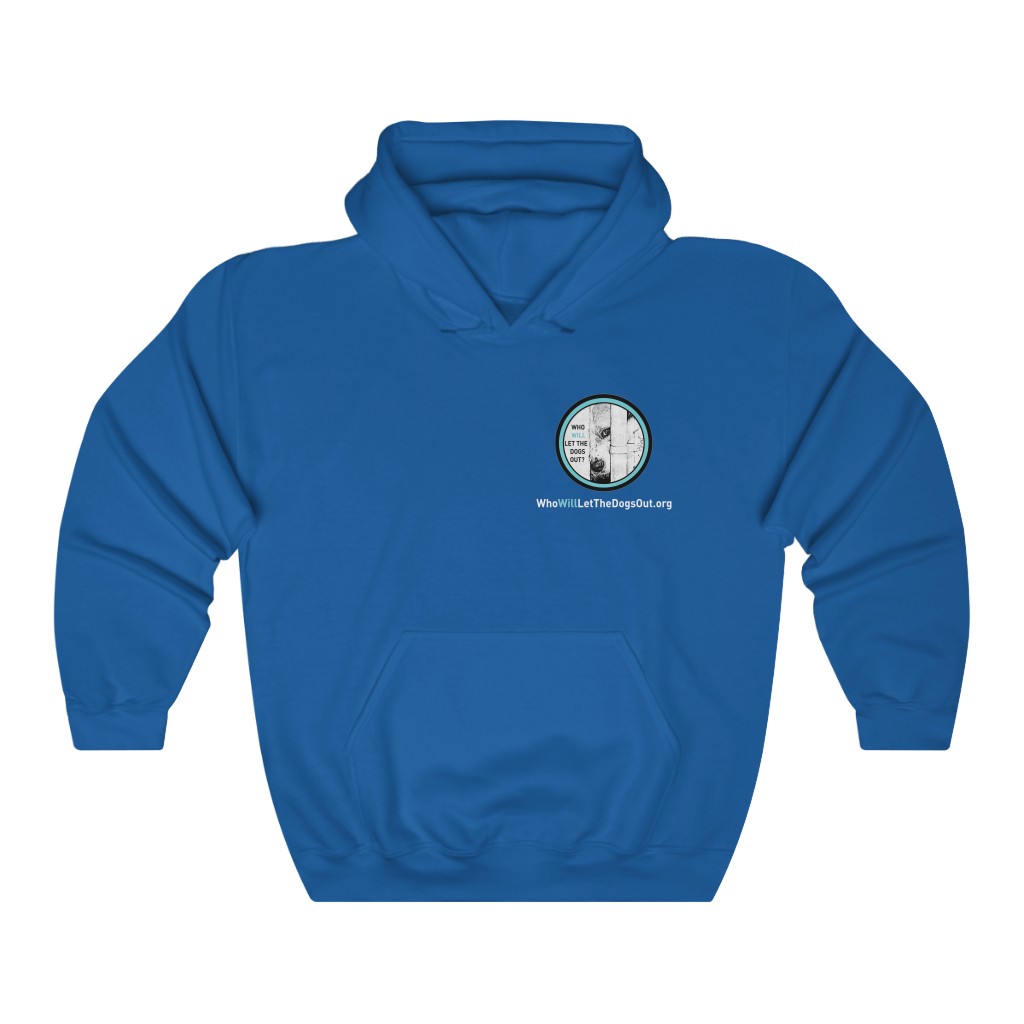
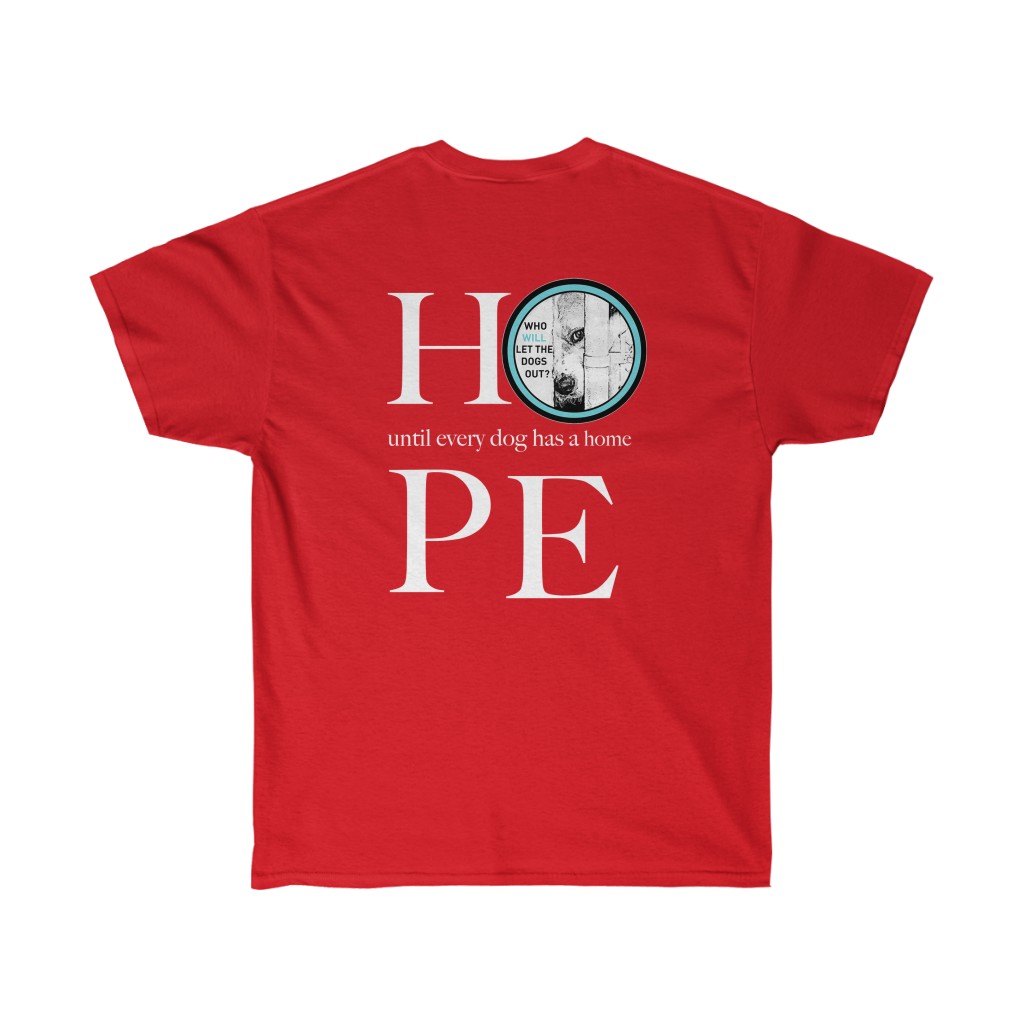
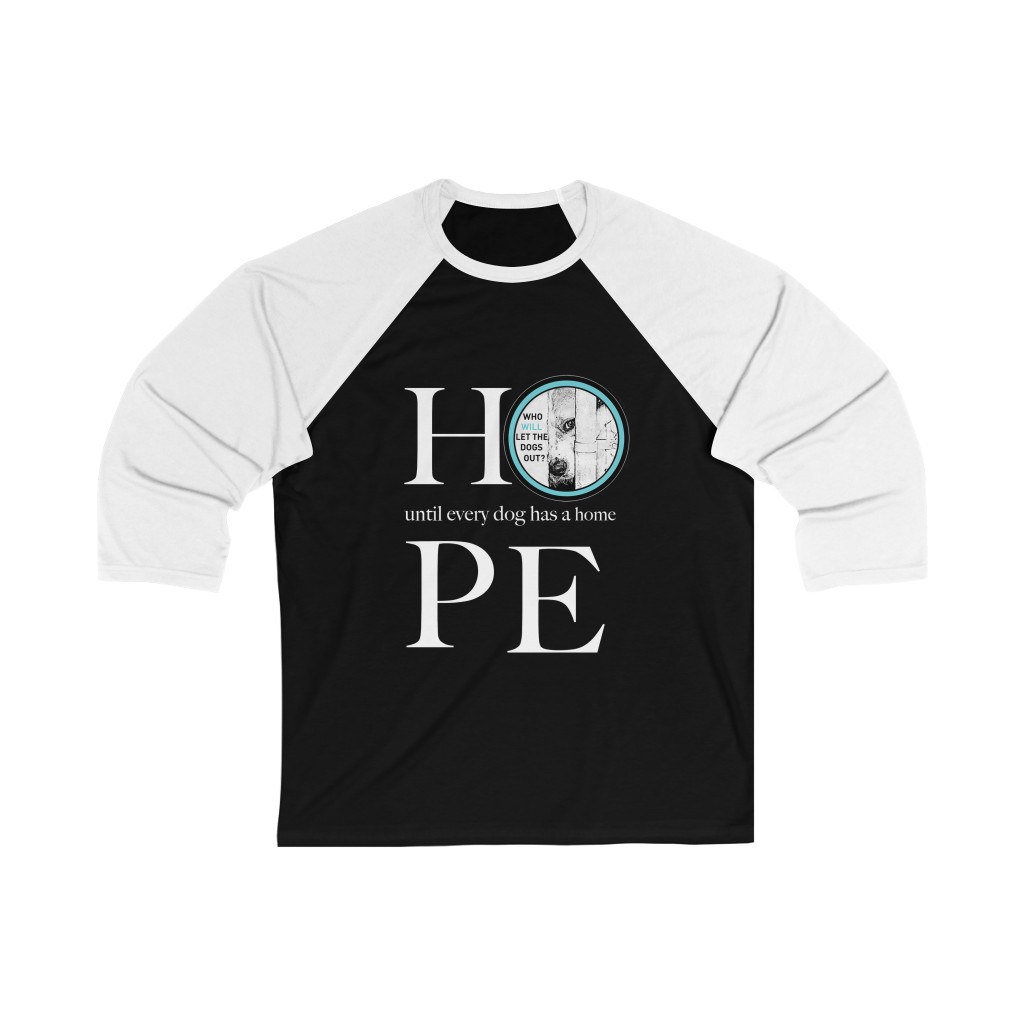
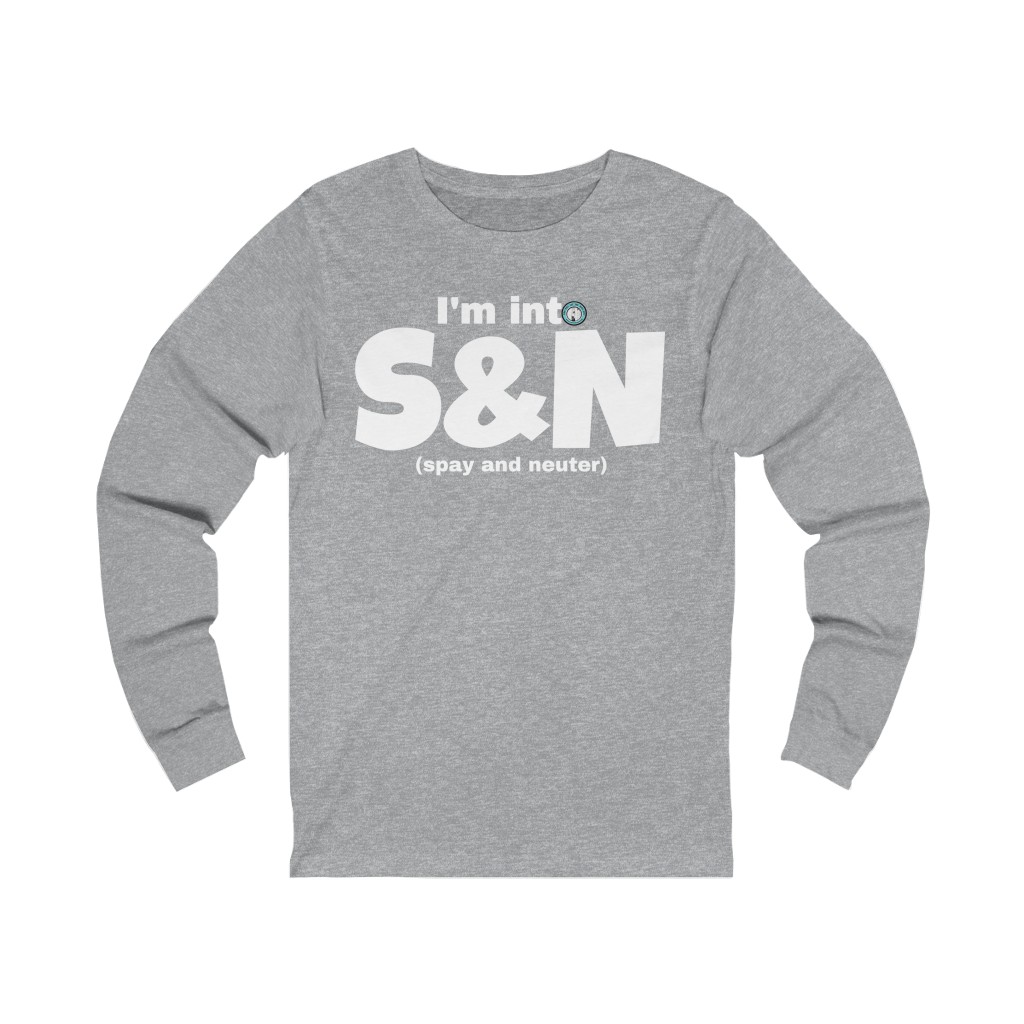
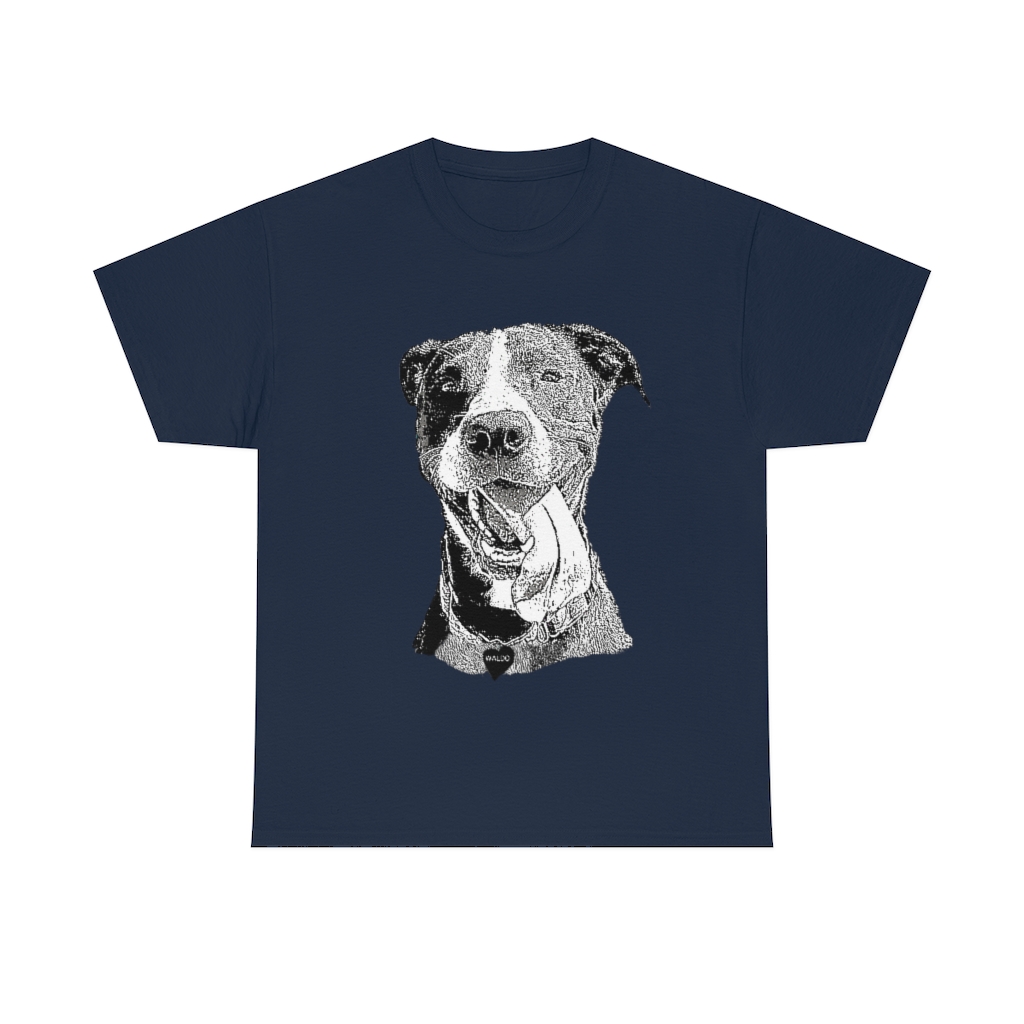
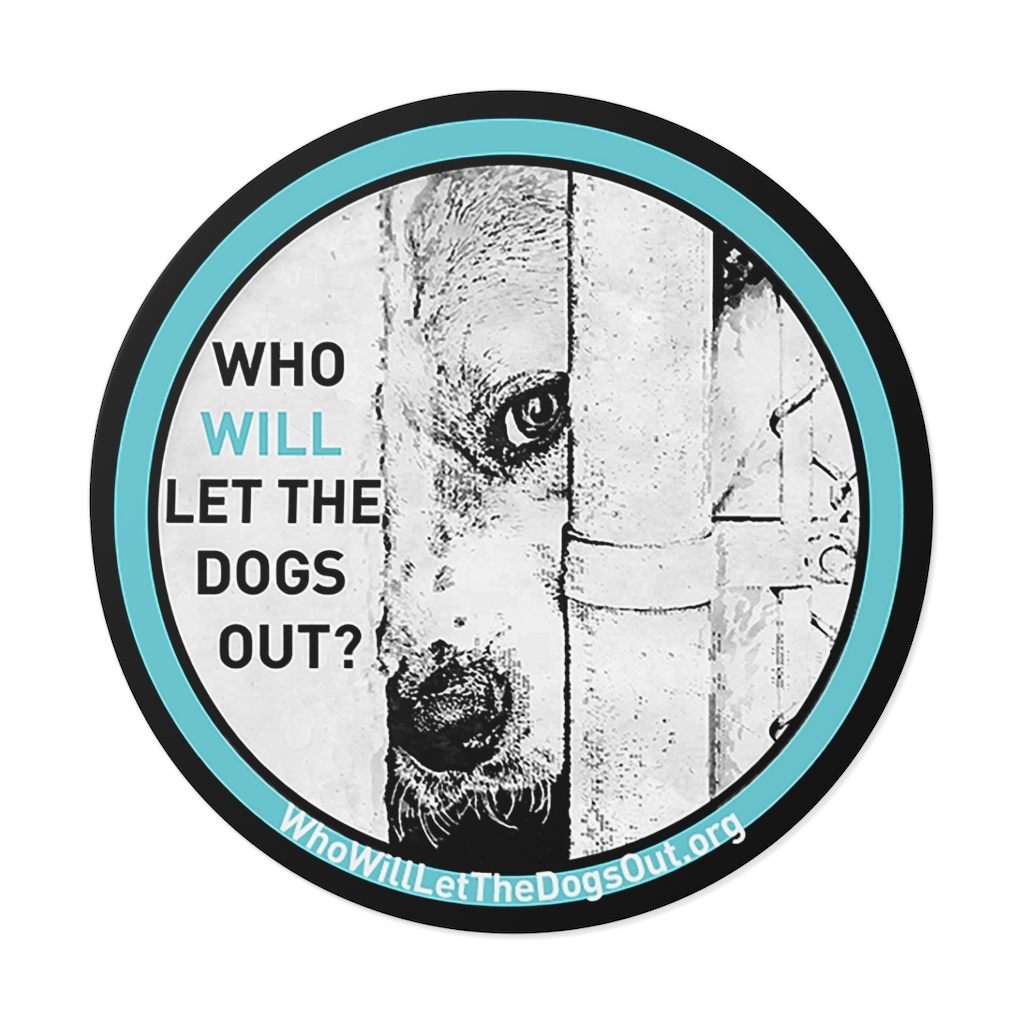



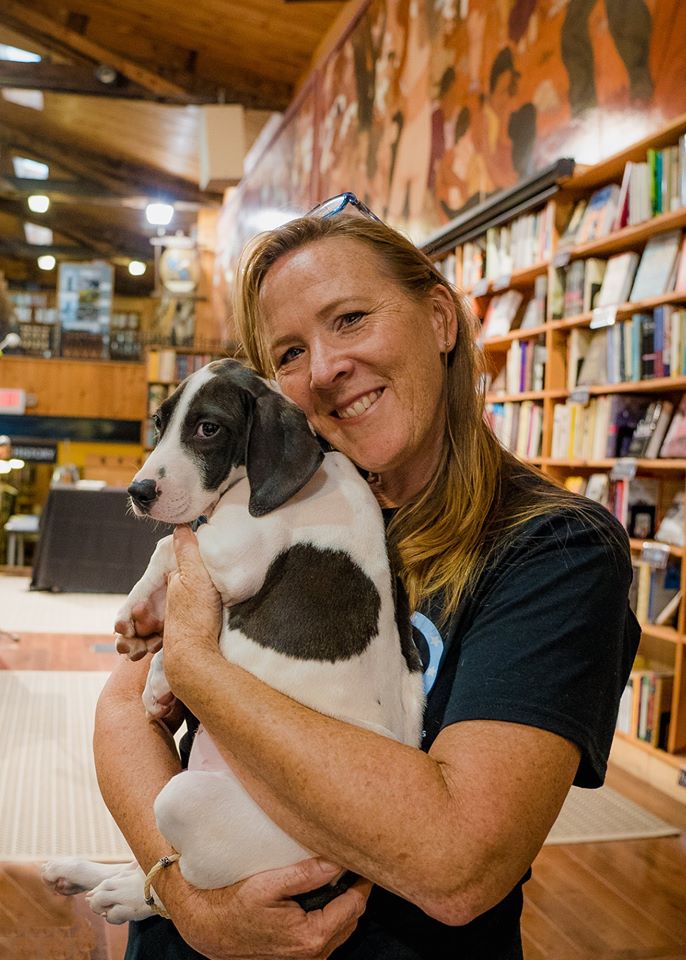
Until each one has a home,
Cara
Please help us raise awareness by subscribing (button on right side) and sharing this blog. You can also keep track of us on Facebook, Instagram, YouTube, and now Tik Tok!
The mission of Who Will Let the Dogs Out (we call it Waldo for short) is to raise awareness and resources for homeless dogs and the heroes who fight for them.
You can learn more about what is happening in our southern shelters and rescues in the book, One Hundred Dogs & Counting: One Woman, Ten Thousand Miles, and a Journey Into the Heart of Shelters and Rescues (Pegasus Books, 2020). It’s the story of a challenging foster dog who inspired me to travel south to find out where all the dogs were coming from. It tells the story of how Who Will Let the Dogs Out began. Find it anywhere books are sold. A portion of the proceeds of every book sold go to help unwanted animals in the south.

Amber’s Halfway Home is our short documentary film produced in partnership with Farnival Films. It follows the work of a remarkable woman and one day of rescue in western Tennessee. Selected for sixteen film festivals (to date), it’s won eight awards (including Best Short Doc, Best Soundtrack, Best of Fest, and Audience Choice), and was nominated for an Emmy! It is a beautiful, heartbreaking, inspiring story we hope will compel viewers to work for change. Please watch it and share it far and wide.
For more information on any of our projects, to talk about rescue in your neck of the woods, or become a Waldo volunteer, please email whowillletthedogsout@gmail.com or carasueachterberg@gmail.com.



Christine Harrison
PLEASE come to the Dublin Laurens County Humane Society in Dublin, GA (not the one in SC which seems to have a lot more local support than ours).
Our animal control is under investigation for starving at least 6 dogs and there may be others. There’s no transparency, the public is not allowed near the dog area at all, and trying to get public records is like pulling teeth. The good ol’ boy network has a wide reach here. The sheriff defended animal control by saying “dogs don’t have souls”. The county commissioners believe someone at the Humane Society reported animal control, and in retaliation, will no longer allow the Humane Society to pull dogs, and now kills the dogs that are still in their possession as soon as the stray hold is up (they sometimes don’t even get around to posting the dogs on their website until a couple days after their intake).
The Dublin Laurens County Humane Society has around 60 dogs and only 3 employees including myself, and I’ve only worked there for 2 days, so I’m not very fast when cleaning the cages and runs. There are also a lot of repairs that need to be made.
Like you, I started fostering dogs coming from the South when I lived up North. I was shocked by the prevailing attitude that dogs and cats are disposable. There is so much wrong with the way things are here, and a small but growing group of us is trying to create change. We’re kind of stuck right now, we don’t know what to do next. The sheriff’s department, county commissioners, and animal control are very much and actively against us, the good ol’boy network has a firm hand in the local television station, WMAZ13, and even the GA Department of Agriculture seems to want to let things continue on the way they’ve been.
We would be SO grateful if you could help us or if you could suggest where to go from here. Now that I’ve started working at the Humane Society, I can’t continue voice my opinion about the things that have happened at animal control because there is the worry that it could somehow affect the viability of the evidence against animal control.
I hope you were able to follow all of this, and I thank you for your time now, and for all the work you do for the shelters you visit.
Sincerely,
Christine Harrison